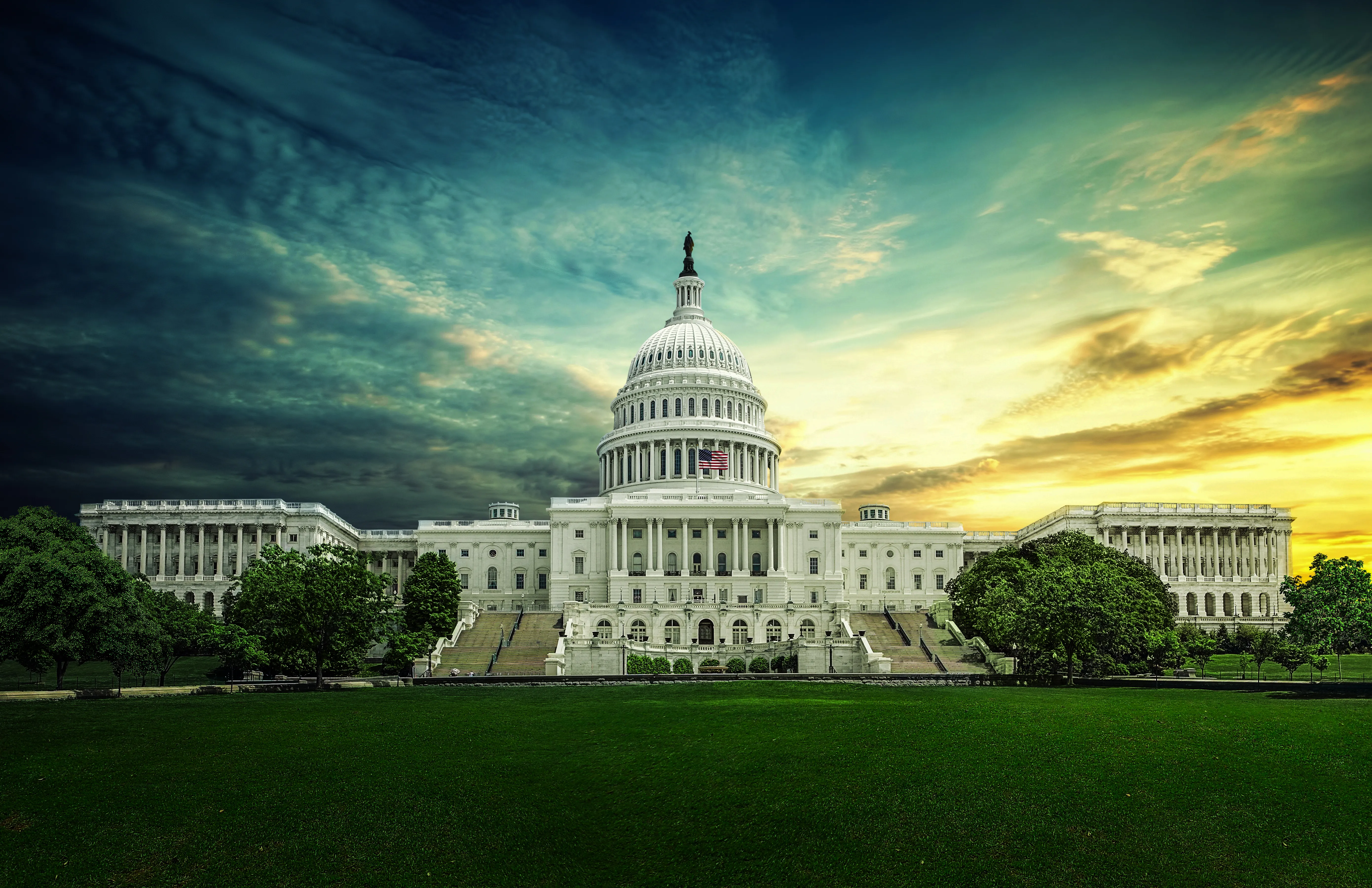
Report highlights Colorado's divisions in access to quality education
(The Center Square) — Colorado faces stark divisions in access to quality schools between the state’s high-income and low-income communities, according to a new report.
ReadyCO, a nonprofit school choice advocacy group, released its "High Quality Schools Heat Map," which located the top schools across the state and analyzed which zip codes have the best access to those top schools.
The report found, based off its "heat map," that the state "has a long way to go to ensure equal access to these great schools."
“High-quality schools” are defined in the report as the top 20% of schools in each level: elementary, middle, and high school. ReadyCO then organized by their corresponding zip codes and ranked by availability of seats and the driving time to the nearest school.
Overall, families living in wealthy zip codes are seven times more likely to have access to quality schools, the report said. However, it also concluded that charter schools play a key role in expanding access to top schools in underserved communities.
For example, zip code 81411 in Paradox was highly ranked for its access to quality high schools because of Paradox Valley Charter School. Without the school, the zip code would have ranked near the bottom.
“Students in this zip code are less than 30 minutes from Paradox Valley Charter School, whereas the next closest high-quality schools are more than an 80-minute drive for elementary and middle school students and a 51-minute drive for high school students,” according to the report.
Across the state, just 6% of low-income communities have access to high-quality elementary schools compared to 30.5% of high-income communities. A staggering 87.5% of low-income areas and 76% of middle-income areas have poor access to quality middle schools, the report said.
Meanwhile, the most pronounced stratification by income occurs at the high school level. The report estimated 81% of low-income areas have poor access to the state’s top high schools compared to 75% of high-income areas.
In practice, this stratification can be measured by academic achievement, and charter schools have played a role in closing the achievement gap between low and high-income communities across the state, ReadyCO argued in the report.
At DSST Middle School at Noel Campus, which primarily serves low-income students from far northeast Denver, 6th graders earned an “Exceeds” expectations rating for their academic growth and the school ranked first across all 213 schools in Denver Public Schools during its first year of operation.
While school districts slowly reopen across the state, the report said teachers and administrators should focus on expanding access for students who’ve fallen behind because of remote learning.
“The COVID-19 virus has wreaked havoc on school systems and put many students at a permanent disadvantage. This phenomenon, known as the COVID slide, will mean access to top schools is even more paramount as kids return to the classroom,” the report concluded.

















